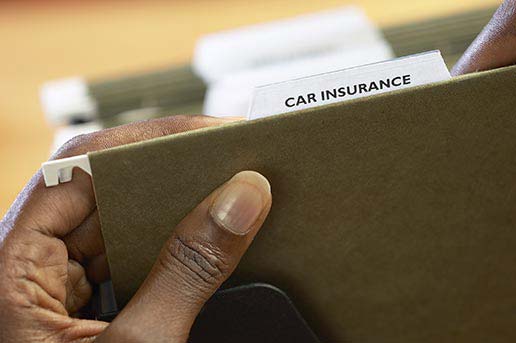Types of Car Insurance Coverage

Understanding the different types of car insurance will make the insurance quote process go a lot smoother.
Car Insurance Explained
Car insurance can be confusing. You know you should have it, but what kind do you need? There are many different types and not every driver needs every kind. Read this breakdown of the various types of coverage to find out what they all mean and which ones you should be including in your policy.
Liability Insurance
Liability insurance is meant to cover you if you are found to be at fault for a covered accident. This will pay for the costs of property damage caused by the accident and the medical bills from any of the other driver’s (and any passengers’) resulting injuries. Most states require drivers to carry liability insurance (the amount varies by state). However, even though there is a minimum, it is a good idea to get more than the minimal coverage, especially if you have a newer vehicle. This way you’ll have added protection in case you have a claim that exceeds the limit of your coverage.
Collision Coverage
This kind of coverage pays for repairs to your own car if you have a covered accident. If the cost to repair your car exceeds the value of the vehicle, collision coverage will pay the value of your car. Therefore, if you have an old car, you may not need collision coverage. If your car isn’t valued at much, it may not be worth it.
It’s important to note that if you have a lienholder, you are required to have this coverage.
Comprehensive Coverage
Comprehensive coverage covers events that aren’t related to covered car accidents. This coverage can be expensive, but it can save you from having to pay to replace your vehicle. Examples of situations that may cause you to need comprehensive coverage include:
- Your car is stolen or vandalized.
- Your car is affected by fire or a flood.
- You hit an animal with your car.
Like collision coverage, this coverage is required if you have a lienholder.
Personal Injury Protection
This coverage pays for your medical bills as well as those of your passengers, regardless of who is at fault for an accident. This coverage is not available in all states, but if you do have the option and can afford it, it’s a good investment.
Uninsured/Underinsured Motorist Protection
Despite the fact that drivers on the road should have car insurance by law, not all of them do. And those drivers who elect to only get the state minimum amount of insurance may not be able to cover all the expenses caused by an accident. That’s why Uninsured/Underinsured Motorist coverage is often a smart move. The good news is that this type of coverage is typically relatively inexpensive to add to your policy.
Remember, the bottom line is that you need to make sure you have enough car insurance to meet your state’s requirements. Driving without insurance is not only illegal, it can drain your bank account.










